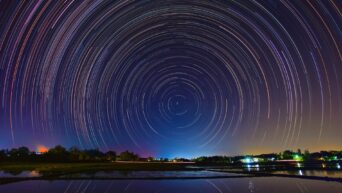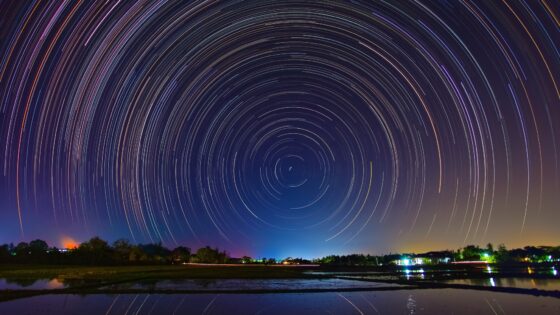
Credit: Shutterstock
Your guide to catching two visitors from the edge of our solar system
Two rare comets, C/2025 A6 (Lemmon) and C/2025 R2 (SWAN), will be visible in the night sky this October, offering a special opportunity for astronomy enthusiasts and casual stargazers alike. Both are long-period comets from the distant Oort Cloud, making their brief return to the inner solar system before heading back into deep space. With the right timing, tools, and a clear view of the western horizon, you can spot both this month.
Overview of the Comets
Comet C/2025 A6 (Lemmon)
Discovered by the Mount Lemmon Survey in Arizona, this comet is gradually brightening as it nears its closest point to the Sun. With a magnitude between +8 and +10, it will not be visible to the naked eye but can be seen using binoculars or a small telescope.
Comet C/2025 R2 (SWAN)
Found by the Solar Wind ANisotropies instrument aboard the SOHO spacecraft, this comet is also a visitor from the Oort Cloud. It is slightly fainter, with a magnitude between +9 and +11, and known for its hydrogen emissions, detectable in ultraviolet wavelengths.
When to Spot Them
The best time to observe both comets is October 2025, shortly after sunset. Look for them within 30 to 60 minutes after local sunset, when the sky is dark enough but they remain above the horizon. Peak visibility is expected between mid and late October, and both will likely stay viewable into early November as they move away from the Sun and begin to fade.
Where to Look
Both comets appear low in the western sky after sunset.
-
C/2025 A6 (Lemmon): Positioned in the constellation Aquarius, slightly south of the bright star Fomalhaut.
-
C/2025 R2 (SWAN): Located nearby in Capricornus, close enough that both may appear in the same binocular field.
A star chart or app like Stellarium or SkySafari will help you track their nightly movement. Look for a soft, fuzzy patch for Lemmon or a dimmer, more diffuse glow for SWAN. Under ideal conditions, you might catch a hint of each comet’s tail.
A Rare Double Feature
It is uncommon to have two Oort Cloud comets visible at once. Though faint, spotting them is a rewarding experience for skywatchers who enjoy quiet evenings under the stars. With a little patience and preparation, October’s twilight sky will offer a glimpse of two ancient travelers passing close to our world before vanishing back into the dark.

































